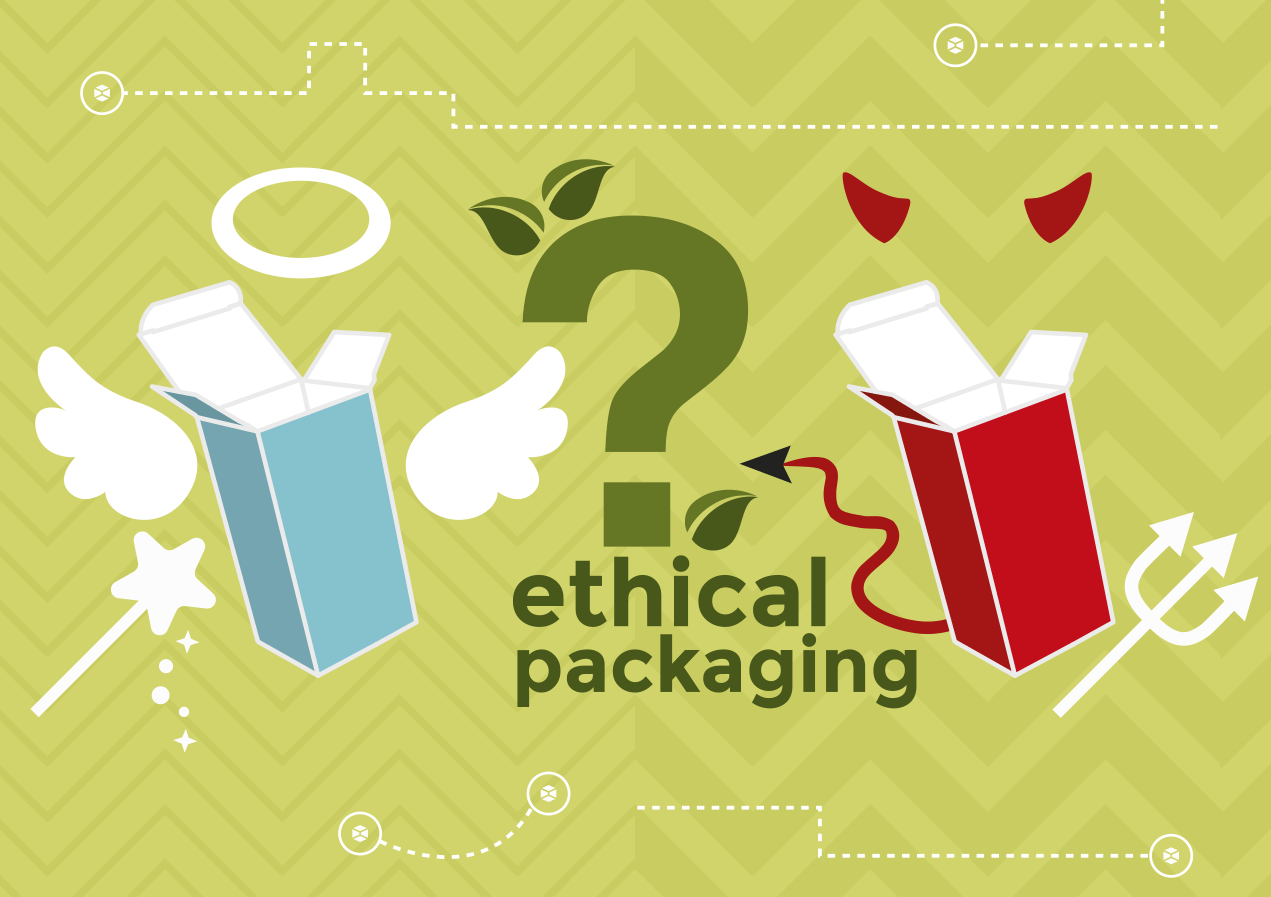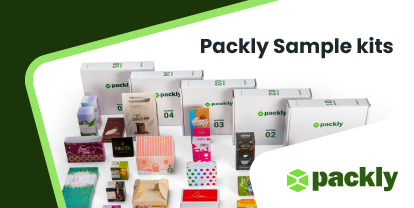The ethical packaging charter is a collection of shared principles for conscientious packaging design, production, and use. It was presented during the 2014 Ipack-Ima, on the initiative of Stefano Lavorini, Valeria Bucchetti, and Giovanni Baule, professors at the School of Design of The Polytechnic University of Milan.
The awareness that packaging is a powerful marketing and communication tool is spreading more and more among companies. In addition, it is estimated that an average consumer comes into contact with 8000 different packagings each year. In short, the ethical packaging charter was born as a tool for reflection and commitment for designers, producers, and final users. It represents an ideal contract between the actors of the system and allows them to share common principles.
Here are the 10 packaging requirements that are listed in the charter:
1. Responsible
Packaging impacts the entire community and therefore has a social responsibility. All designers must know this principle when they are designing packaging.
2. Balanced
In designing packaging, you shouldn’t strive for excess. Balanced packaging must perform its function of containment and transport, it must not exaggerate the promise made to the consumer and must not have an excess of information that could distract the buyer.
3. Safe
The packaging must give users all the information concerning its traceability and production chain. In addition, it should guarantee hygiene and protection not only during transport but throughout the entire product’s life-cycle.
4. Accessible
The packaging is accessible when it is easy to understand even regardless of users’ experiences, skills or knowledge. The packaging must guarantee access to the product even to the weakest subjects regardless of the users’ sensory skills. Packaging must be simple and intuitive. It must promote the use and consumption of the product.
5. Transparent
The packaging must communicate in a sincere, direct, understandable way and therefore be devoid of deception. This is the only way to build an immediate and lasting relationship with buyers while minimizing the risk of incorrect interpretations.
6. Informative
As prescribed by the law, packaging must mention all the information useful for the knowledge of the content, its use, and disposal. For example, the packaging must inform about the nutritional values and the preparation of food, or about how to use and store a product.
7. Contemporary
The packaging reflects the culture of society and contributes to creating it. Packaging also communicates models of nutrition, models of luxury, models of social life: for this reason, it must and should avoid the spread of harmful and unjust stereotypes.
8. Forward-looking
Forward-looking packaging can grasp changes in advance and encourage new consumption models. Packaging must, therefore, have a constant commitment to research and innovation.
9. Educational
The packaging is a tool present in everyday life for all of us, in a constant dialogue with its recipient. It must, therefore, exercise an educational function by promoting virtuous behavior with its messages. Moreover, it should increase the knowledge and skills of the user on issues recognized as priorities or urgencies. It must show how to act to dispose of it, recycle it and reduce waste.
10. Sustainable
Sustainable packaging is designed, manufactured, transported and recycled using, where possible, renewable or clean energy, and is effectively recycled after use. As a result, to be defined as environmentally friendly, packaging must be obtained with the bare minimum of resources and energy.
Conclusion
Every designer, draftsman, printer and anyone else who is part of the packaging creation process should refer to this document to make their products more ethical.













